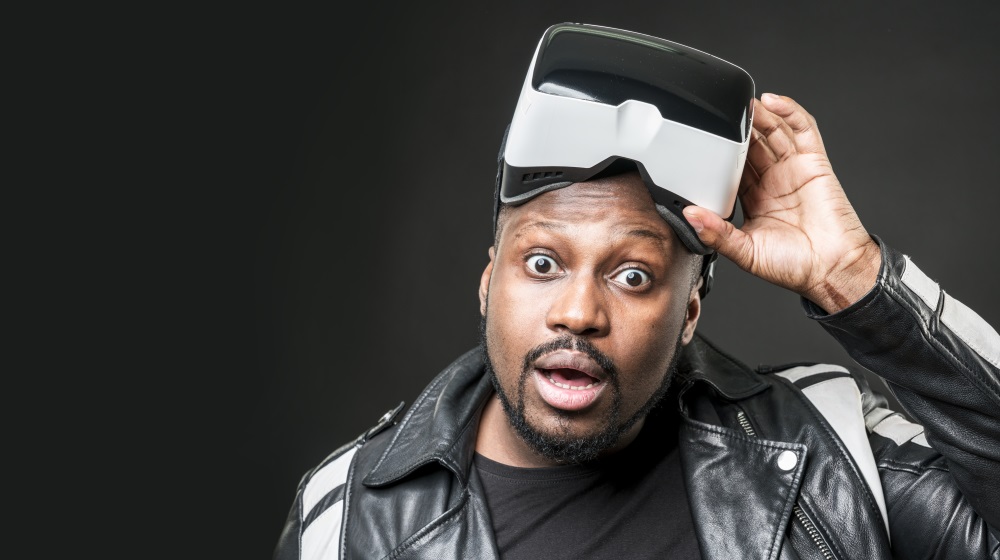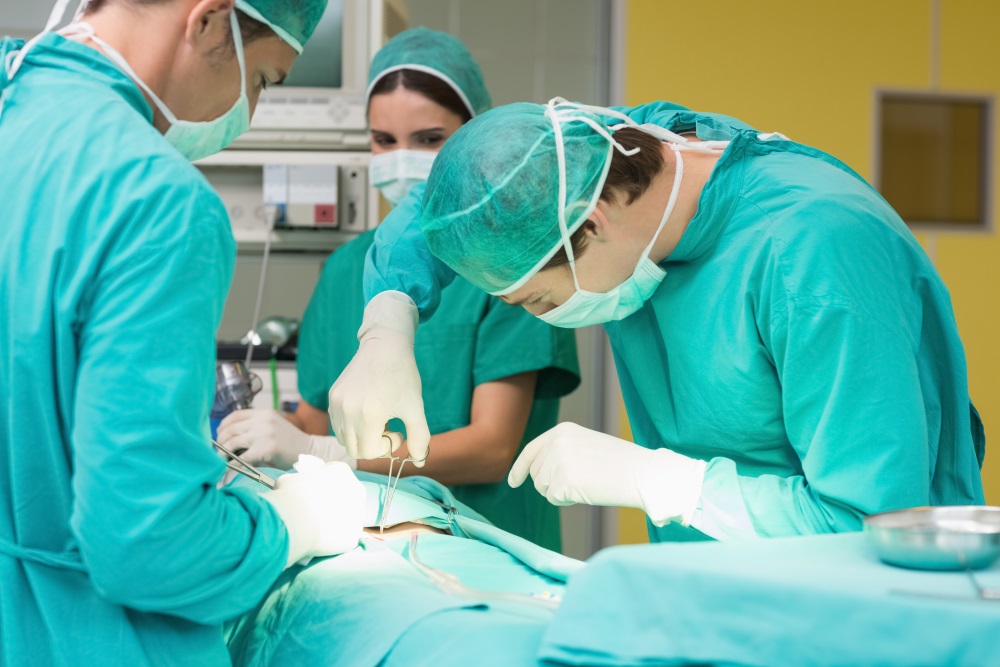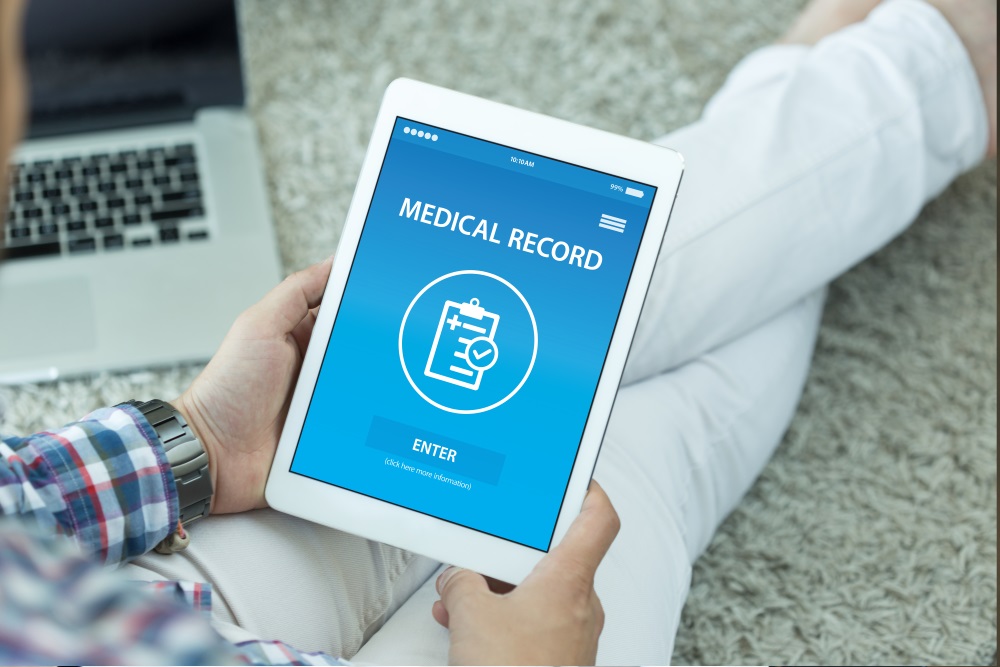Surgery is a field that is profoundly influenced by the past. Of all the fields that have had to learn by doing, surgery probably tops the list: making mistakes and learning new methodology from them is at the heart of the surgical field. Even things that we think are so basic now–like washing hands before putting them inside another human being–weren’t such a given until Semmelweis thought differently. The point of this anecdote is this: in medicine in general but surgery especially, nothing is written on stone. Changes have bettered the practice, and will continue to better the practice in the near and distant future.

Image source: https://chronotopeblog.com/
As you might know, pretty much everything about the field of surgery was different even just 50 years ago. In this article, we’ll be focusing on elective surgeries (as opposed to emergency surgeries, which aren’t today’s topic.). There are three phases to elective surgery: preoperative, operative, and postoperative, and each one is crucial to ensuring the best results for the patient and the success of the procedure. Knowing this, researchers from the Graz University of Technology in Graz, Austria and The Interventional Centre from the University of Oslo in Oslo, Norway are looking at how each one of these phases can be improved by the use of Augmented Reality.

This whole project uses imagenology at its base, and the medical images obtained for the patient need to be submitted to a central station that processes it for 3D segmentation, much like the DICOM format. From there, registration and format correction can be done on the image to optimize it to ensure that it can be used on every system in the hospital so that the doctor can finally use it for the first phase of surgery, the preoperative phase. During this phase, an augmented reality display device, for example, head mounted devices, can allow the physician or physicians to engage in a hands-on, thorough preoperative planning experience, like the ones we have discussed HERE and HERE), and also to perform surgical simulations on the actual case to provide different alternatives. And why stop there? With the proper algorithms, they can even calculate what will be the safest and most effective surgical technique for the patient.

Of course, the next phase is the operative phase, where the actual procedure is performed in the operating room. Using AR technology, surgeons would be able to do intraoperative planning–meaning adjusting the surgery for unplanned developments like heavy bleeding or surprising findings. This could go hand in hand with robotic surgery, too. Augmented reality could be the perfect complement to robotic surgery, offering more control over the robot and developing its dexterity, resulting in more accurate robotic surgeries and improved outcomes.

Last but not least, surgeons would be able to employ augmented reality for use in the postoperative phase of surgery, too. This phase consists of a follow-up appointment, usually 2-3 weeks after the procedure, possibly with a new set of imaging tests performed to track progress and ensure that things are healing the way they should. Augmented reality could open doors to better physician consultations with the patient, in which they could discuss the results of the surgery and perform an assessment, taking into account clinical and nonclinical factors in healing and ultimately resulting in better patient care. The images taken in this phase can also be used as documentation for the patient’s medical history, which the doctor could also access using AR technology, which is on par with the increased use of electronic health records to keep track of patient information.

These ideas aren’t entirely new for ARinMED, but it’s always great to see work being done to assemble these important and innovative systems. From the bottom of our hearts, we care about giving each patient the best medical care possible, and these innovators and researchers are taking the necessary steps to get us there.
If you’ve got questions or comments about this system, let us know in the comments section!








